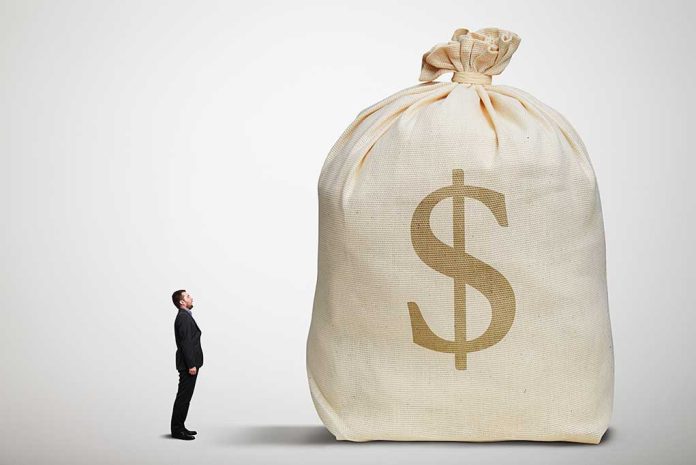
(NewsSpace.com) – Americans carry a shocking amount of debt. In fact, data showed that in 2021, the average person owed over $90,000 to creditors. But did you know that not every debt is bad?
Assets that traditionally build wealth and value, such as mortgages, are typically considered good debts. Credit cards and unsecured loans with high interest rates count as bad debts. Both of these examples give an extremely surface-level view of a deeply complex topic that often shifts and fluctuates over time. What may be considered “good” today can become “bad tomorrow,” depending on everything from the economy to your situation.
For example, mortgages are one of the most recognized means of building wealth and are widely considered a rock-solid investment. In other words, they are a good debt to hold. However, that can backfire for some people if they purchase a home that they cannot afford. The Great Recession illustrated that when more than three million people filed for foreclosure.
Student loans can also be very good for a person’s financial profile. A useful degree with earning potential right out of the gate is probably the most organic way to build a life. But even that can backfire. While a solid degree from a good school is typically a great call, taking out loans to attend Yale with aspirations to be a kindergarten teacher making a third of the annual tuition won’t likely fall into the “good debt” category.
On the flip side, some credit card debt — often considered the worst kind of debt — can be beneficial, too. Zero interest promotions and rewards points are a solid excuse to use your cards to an extent. Keeping usage to under 30% of a card’s available line is a good benchmark. Under 10% is best.
Ultimately, all debt is good if it benefits the debtor. When those obligations become overwhelming, it may be time to revisit their value.
Copyright 2022, NewsSpace.com










